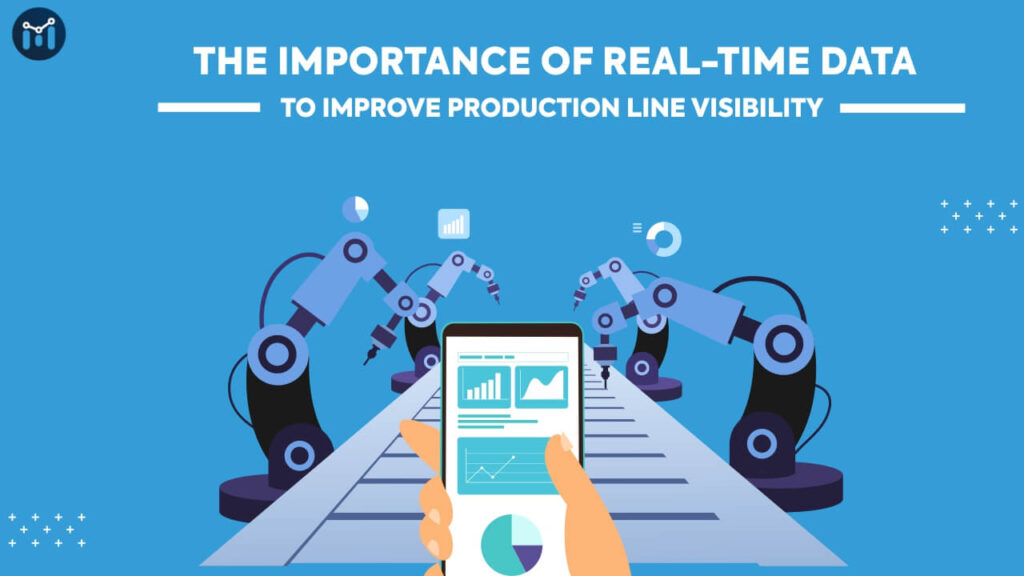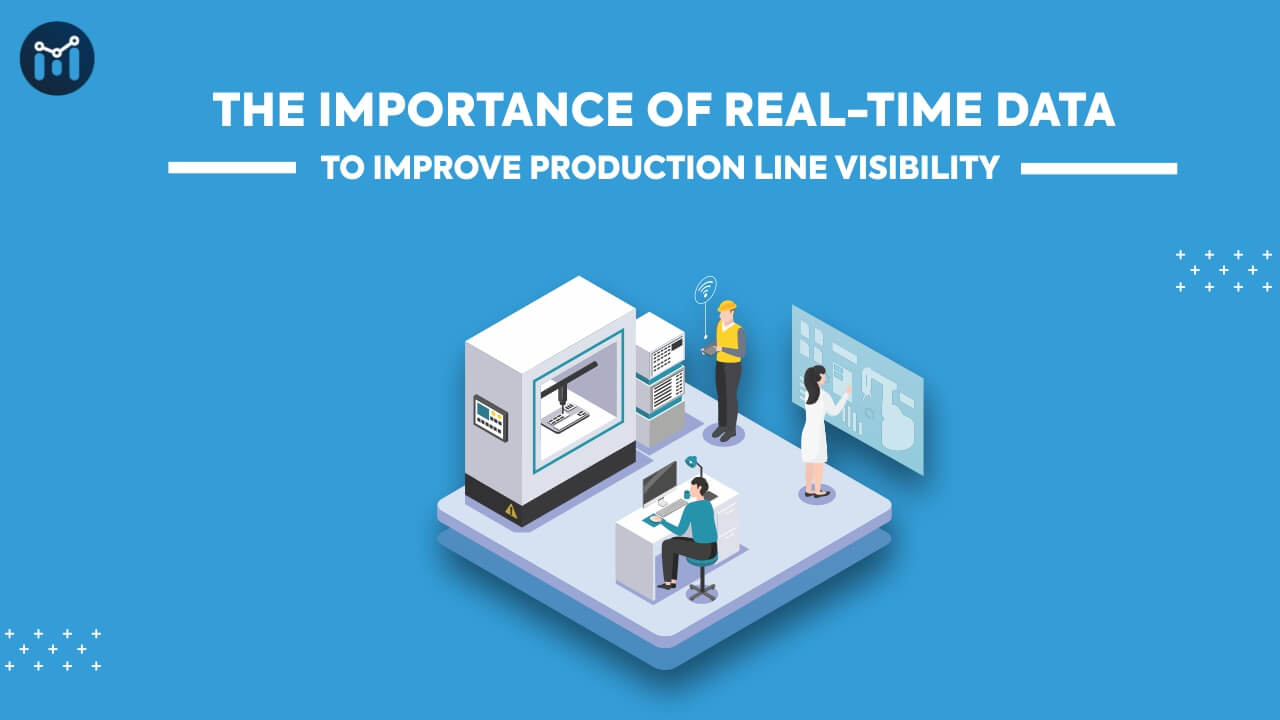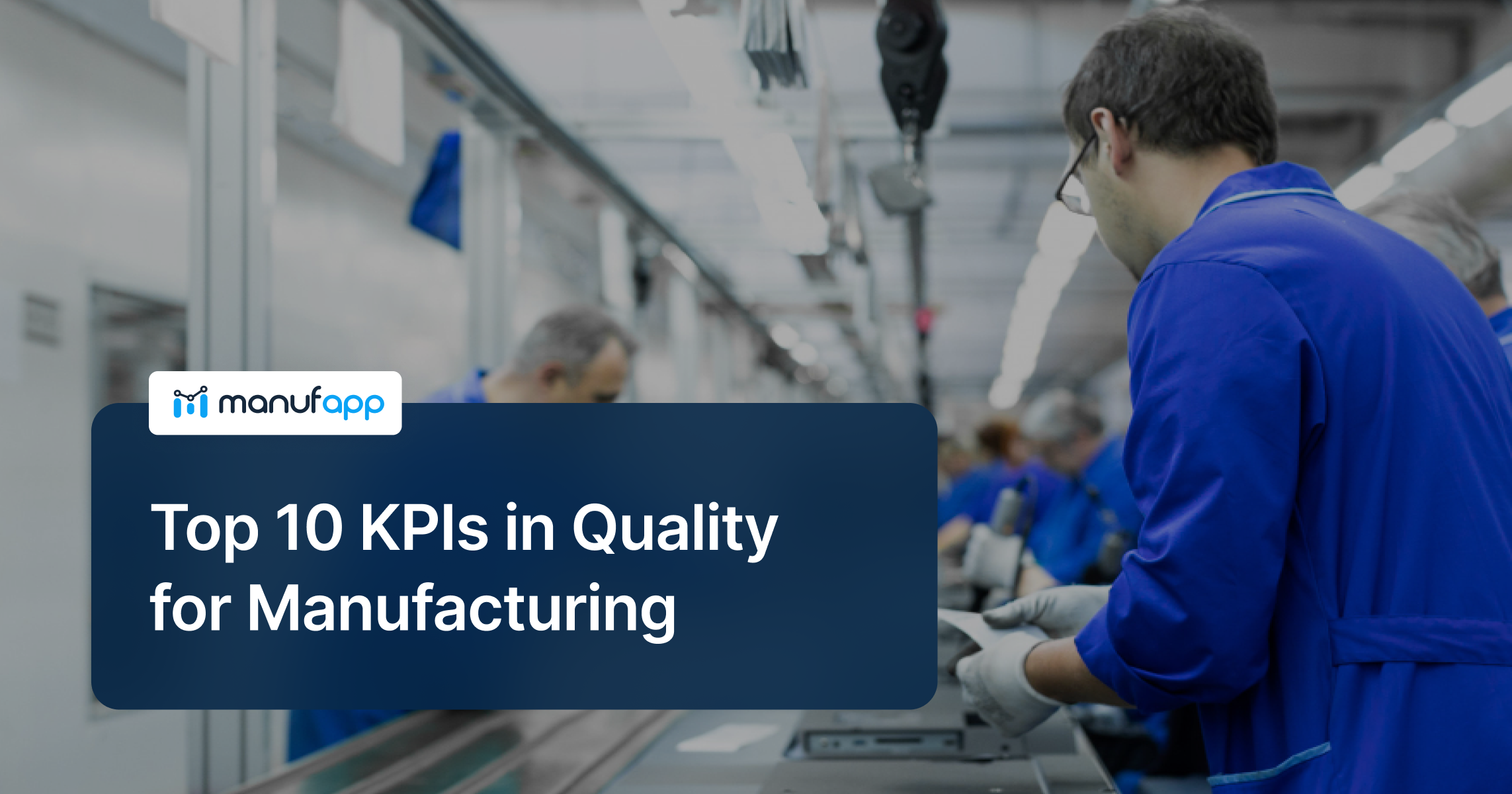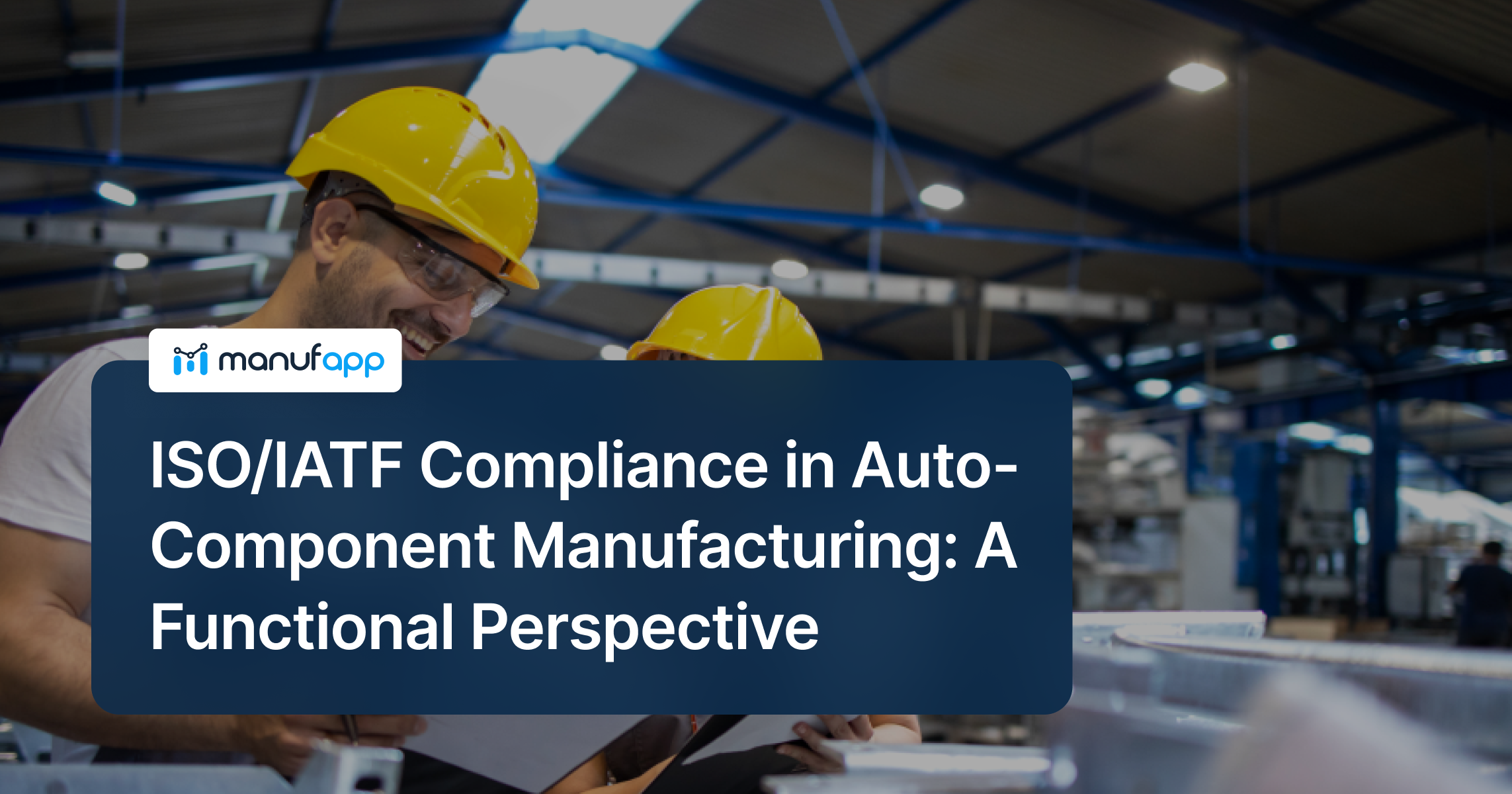Production costs directly impact your profit in the business and if not monitored well, they can easily skyrocket. So, no wonder, if as a manufacturer you are concerned about controlling production costs. In recent times, Industrial iot has emerged as an innovative manufacturing solution to streamline the production line in many ways. One of the biggest achievements of Industrial iot is the ability to monitor machines in real-time. By placing sensors on different machines real-time data can be collected for analysis. Let us understand how real-time data or real time operations management collection works and can benefit your production line visibility.
How Real-Time Data is collected?
By using Industrial iot based sensors, data from a machine can be collected in real-time. Such sensors can be placed on moving parts (actuators, valves, and other plant-floor equipment) of production equipment. These sensors monitor how the machines are functioning in real-time and thereby provide data to determine the operational efficiency of the machines. The data collected in real-time from various machines and sensors can be stored either in local premises (edge) or on the cloud. Analytical software then accesses and analyzes the compiled data to give the results. These tools are complex but capable of giving valuable insights to decision-makers on performance results. As a result, manufacturers can keep track of production costs using cost analysis per line, profit margins, unit costs, and cost curves. Real-time data collection has the capability to benefit your production line in many ways. We will learn about it, but before that, let us know why real-time data is important.
The Importance of Real-Time Data
Data collection is the very first step to analyze and improve operations. However, manual data collection and interpretation are time-consuming and can lead to errors. By automating this process, you will eliminate the possibilities of error, as well as save time, money, and employee hours.
Real-time data collection gathers information related to your production in a very time-efficient manner. It helps you identify the problem when you still have time to fix the issues.
It is also relevant, accurate, and ready to use almost immediately. Hence, you receive insights in real-time and implement changes in real-time. Later on, the data collection can be used to monitor trends and add changes to improve operations when there is a sudden increase in customer demand or other variables. This way you can boost productivity and efficiency.
Our blog on Digital Quality Inspection- Real time and Inline, will give more light on the same matter which you should also read to get more knowledge.
Benefits of Real-Time Data In Production Line
Having access to real-time data can naturally improve your decisions. Up-to-date metrics lead to several new benefits. Here are a few listed below:
- Higher OEE (Overall Equipment Effectiveness) and Improved Predictive Maintenance – Real-time data is the most up-to-date data. Therefore, maintenance teams can immediately determine the root cause of downtime and other equipment inefficiencies by analyzing this equipment data. Moreover, they can even avoid downtime using predictive data analysis.
- Detailed Quality and Performance Metrics – An industrial IoT platform has enabled the production team to view more detailed real-time metrics of all kinds. As the production team gets a more detailed view of the performance of the equipment across the enterprise, they can now perform new levels of quality checks and address the issues that too without interrupting the production speed.
- More Refined Compliance and Regulatory Data – Every manufacturing company is bound to fulfil compliance demands, based on the type of industry it belongs to. Real-time data allows you to consistently monitor the regulatory alignment. Any flaws within the process can be addressed immediately to achieve more accurate compliance and regulatory data, which will help you during audits.
- Improves Workforce Efficiency and Quality – Since all data is integrated from different sources automatically, it saves time and helps eliminate human error. Also, the workforce can utilize their skills in other ways to increase productivity. Data collection through Industrial iot is not only in real-time but is also more accurate.
- Quicker Problem-Solving and Decision-Making – Faster data collection and analysis results in quicker and more informed problem-solving. The collected data is accessible from anywhere, at any time, and on any device using the internet. Consequently, decision-makers don’t have to wait for the shift to end to take action, whether they are on-site or off-site.
- Edge over the Competition – Having a collection of real-time data gives any production-based company an edge over the competition, as they can forecast the possibilities in the near future. As a result, they start preparing for both the expected and unexpected.
- Simplifies Communication – With Industrial IoT, the communication between operations departments and IT teams across the company is streamlined. Hence, the IT team is not burdened with the responsibility to relay the data to the operation team. Industrial iot builds superb connectivity to relay real-time data while reducing dependency on IT support.
Please also give time to our blog on Rise of Smart Factory in today’s Digital World for knowledge on Smart Factory.
Summary
Real-time data collection through Industrial iot has the capabilities to make production processes more effective, resulting in minimized costs per item. This data of production allows you to set and closely monitor KPIs, perform analysis, and find out any bottlenecks in your processes. It is also necessary to track assets more effectively and ensure the production of better-quality products which can result into effective production line visibility.






